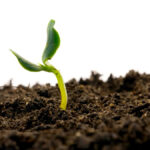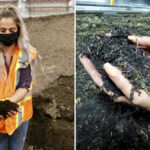
Tag Archives Soil

Farmers test microbes to nourish crops as climate pressure grows, costs rise
Soil biologicals are getting a lot of attention — and research money — in the past couple of years

Researcher digging up sustainable growing medium for bedding plants
Peat is extracted from sensitive ecosystems that sequester a lot of carbon, so replacing it could have a big impact

Syngenta picks Brazil’s ConnectFarm for project to recover degraded pasture land

When the plant speaks, nutrients listen
A Canadian researcher may have found a radically new way to fertilize crops

Canadian company worming its way into plant food and ag markets
The worms turn waste into an increasingly sought-after soil supplement

Dollars in the dirt
Big Ag pays farmers for control of their soil-bound carbon

The complicated question of tillage
Despite an urgent need to conserve every drop of water, soil experts say a surprising number of producers are still tilling fields this fall
Editor’s Take: Simple solutions

Soil testing even more crucial after drought year
A poor crop year means nutrients may be left in the soil. An accurate reading of what’s there can help farmers reduce costs and manage nutrients better

Anthrax kills southeastern Saskatchewan sheep
Spores forced up by changes in soil moisture


